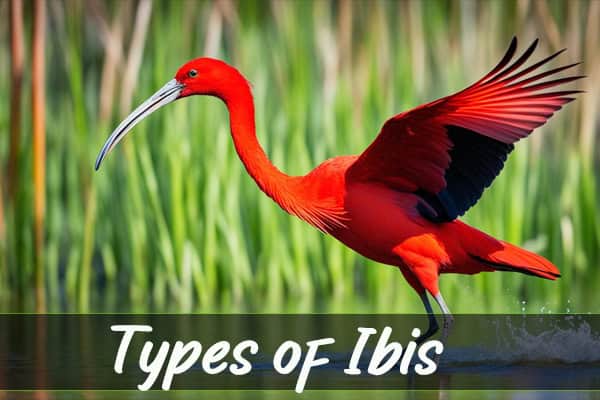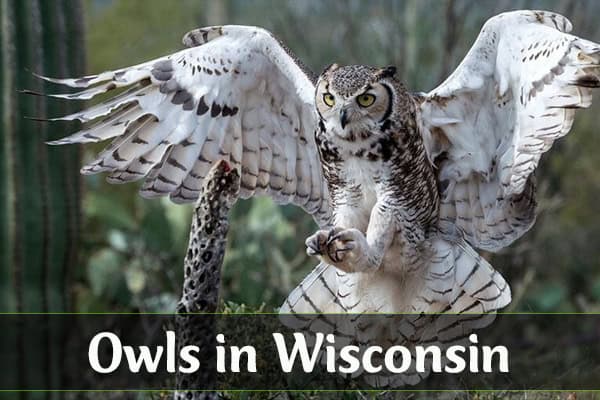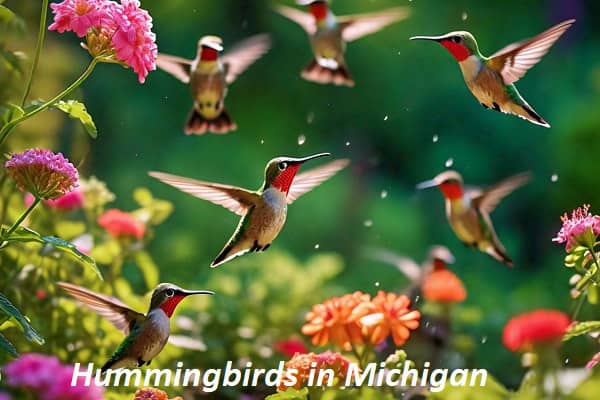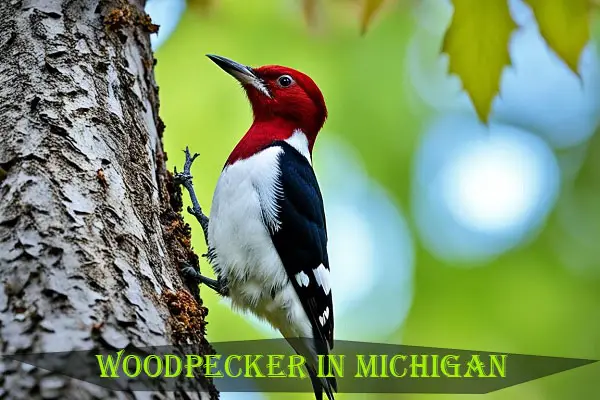Top 10 Types of Ibis (ID Guide With Pictures)
Are you curious about the many types of ibis species worldwide? From the bright Scarlet Ibis to the well-known Hadeda Ibis, these wading birds are a treasure of our wetlands. Let’s dive into the top 10 ibis types that thrill bird lovers and conservationists.
1. White Ibis
The white ibis stands out with its unique look. It’s a large wading bird that’s almost all white. It has black-tipped wings, a long curved bill, and reddish-pink legs and facial skin. These features make it easy to spot among other ibis species worldwide.

Identification Features
Adult white ibises are known for their white feathers, except for their black-tipped wings. They have a long, slender bill that’s reddish-pink, and long reddish-pink legs. Young ones have a brown upper body with streaky necks and white underparts. They also have an orangish-pink bill that turns red as they grow up.
Range and Habitat
White ibises live mainly in the southeastern United States, especially in Florida and along the Gulf Coast. They like wetland areas like freshwater marshes, coastal estuaries, and mangrove swamps. They also enjoy flooded fields and mudflats. These birds are great at finding food in shallow waters, using their long bills to dig for insects and small crustaceans.
Behavior and Diet
White ibises love to be around other birds, often foraging in big groups. They move slowly, with their heads down, looking for food. Their flight is unique, with long necks and feet trailing behind. They eat mostly insects, small fish, and crustaceans, using their special bills to search in the mud.
Distinguishing Glossy Ibis and White-Faced Ibis
Identifying ibis species like the glossy ibis and white-faced ibis can be tricky, especially outside of breeding season. Yet, there are clear differences that make them easier to tell apart.
Distinguishing Characteristics
The bill and eye colors are key differences. The glossy ibis has a dark bill and eyes, while the white-faced ibis has a lighter bill and bright red eyes. This is very useful when they look similar outside of breeding season.
Breeding Plumage
When they’re in breeding plumage, the white-faced ibis stands out with a white mask around its red eyes and bill. The glossy ibis stays dark overall during this time.
Non-Breeding Plumage
In the non-breeding season, both species can look similar, with shades of brown and shiny feathers. But, the white-faced ibis keeps its facial features. The glossy ibis vs white-faced ibis looks darker overall.
Knowing these ibis species identification and ibis plumage differences helps birdwatchers and nature lovers tell these two ibis apart.
Exploring Other Fascinating types-of-ibis
Beyond the well-known white, glossy, and white-faced ibis, the ibis family includes many other captivating species. Each one has its own unique traits and behaviors. These birds show how adaptable and diverse this wading bird family is.
The hadeda ibis is a fascinating species from Africa. It stands out with its brown and white feathers. Its loud calls echo through the landscape. These birds live in many places, from wetlands to cities, making them common in Africa.
The olive ibis lives in the tropical forests of West Africa. It’s rare and known for its olive-green feathers. This helps it blend into its green surroundings. The olive ibis is a concern for conservation because of its limited area and habitat loss.
The São Tomé ibis is special to the island of São Tomé in the Gulf of Guinea. It’s a small, dark ibis with a unique bill. This bird is one of the rarest and a top conservation priority.
There are more ibis species like the spot-breasted ibis and the wattled ibis. The spot-breasted ibis has a unique spotted look. The wattled ibis is known for its head wattles, found in East Africa.
These other ibis species, rare or common, show the diversity and adaptability of this bird family. By learning about this lesser-known ibis, we appreciate the natural world more. We see the many wonders it holds.
2. Hadeda Ibis
The Hadeda Ibis (Bostrychia hagedash) is a beautiful bird found in sub-Saharan Africa. It has purple and green feathers, white stripes on the cheeks, and a loud call. Hadeda ibises live in many places, like savannas, wetlands, and even cities. They like parks, gardens, and cemeteries.
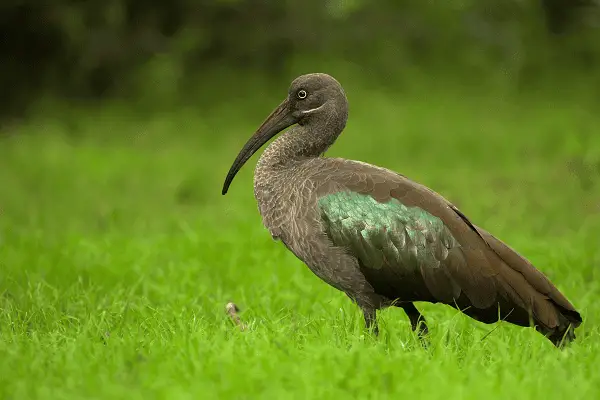
The Hadeda ibis identification is easy because of its big, curved bill and long, dark legs. These birds are medium-sized, about 25-29 inches long, and weigh around 2.75 pounds. They are not considered endangered, with a big population of 100,000 to 250,000 birds.
Hadeda ibis range and habitat cover most of sub-Saharan Africa. They live in countries like Sudan, South Africa, Kenya, and Namibia. In the 1900s, they moved into new areas thanks to trees and irrigation projects.
Hadeda ibis behavior shows they are monogamous, staying with one partner all year. They make a loud “haa-haa-haa-de-dah” call. These birds eat insects, millipedes, and small animals, using special pits on their bills to find food.
“The Hadeda Ibis is a common sight in many African cities, its distinctive call a familiar sound that echoes through urban landscapes.”
They start breeding after the rains, building nests in big trees. They lay 2-3 eggs, which take 28 days to hatch. The young birds leave the nest after about 40 days and become independent at 60 days.
The Hadeda Ibis is a widespread and adaptable bird. It’s not considered endangered, thanks to its stable population. Its unique look and sound make it a favorite in many African places.
3. Olive Ibis
Types of Ibis the olive ibis (Bostrychia olivacea) lives in the dense forests of central Africa. It is small, with a length of 65 to 75 cm. It has green plumage and a gray-brown head.
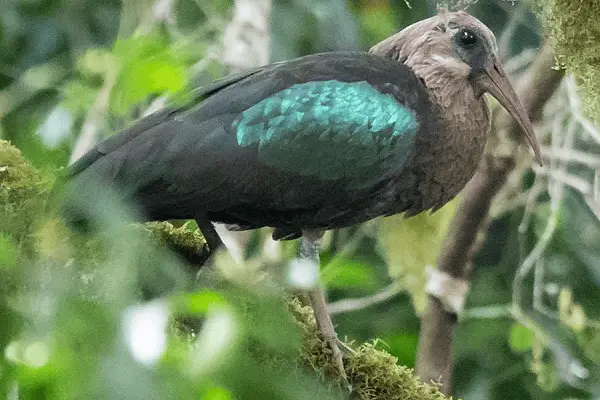
This bird is found in many countries, including Cameroon and the Democratic Republic of the Congo. It eats insects, plants, and even snakes. Olive ibis like to live in large trees, often alone or in small groups.
4. São Tomé Ibis
The São Tomé ibis (Bostrychia bocagei) is found only on São Tomé, off central Africa’s coast. It is critically endangered and very rare, with only 50 to 249 birds left. It has a unique look with a bronzed mantle and wing-coverts.
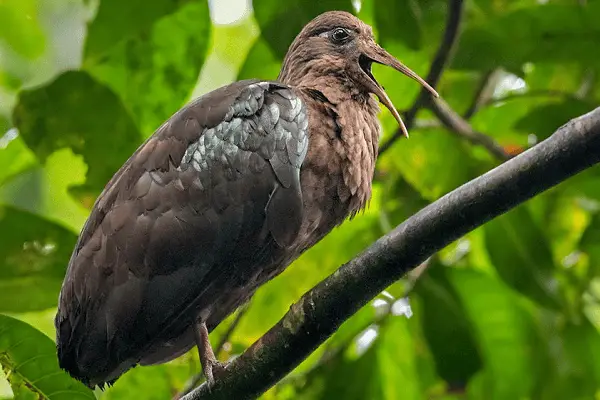
Habitat loss, hunting, and invasive species threaten the São Tomé ibis. Since the 1500s, 75% of São Tomé’s native plants have disappeared. This has made life hard for the ibis. Conservation groups like BirdLife International work to save this bird and its home.
“The São Tomé ibis is one of the rarest birds in the world, with a population estimated to range between just 50 and 249 individuals.”
5. Spot-Breasted Ibis
The spot-breasted ibis (Bostrychia rara) has a buff-colored neck and breast with spots. It’s not very common and is found in tropical Africa. Countries like Angola, Cameroon, and the Democratic Republic of the Congo are home to this bird.
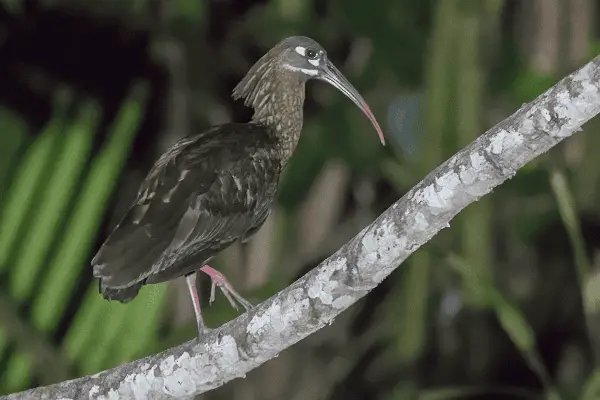
Spot-breasted types of ibis are quiet and like to be alone. They eat plants, small crustaceans, and insects. They are active during the day.
Deforestation and hunting threaten their survival. We need to work together to protect these birds and their homes.
6. Wattled Ibis
The wattled ibis (Bostrychia carunculata) lives mainly in Ethiopia and Eritrea. It looks similar to the Hadeda ibis with its brown feathers and white shoulder patches. It also has a thin wattle on its bill.
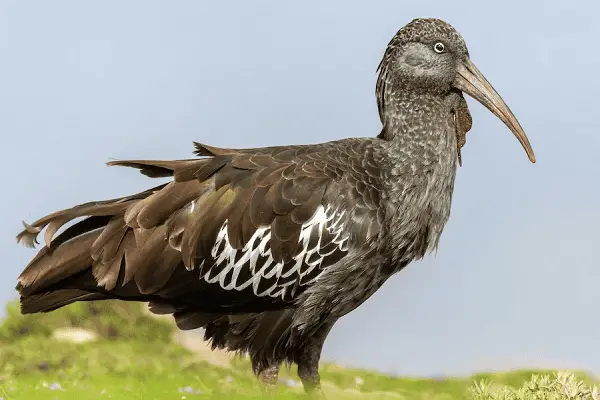
This bird is special because of its unique look. Like the spot-breasted ibis, it helps keep wetlands healthy. It shows us how well these places are doing.
Check Our Previous Articles :
7. Sharp-Tailed
The sharp-tailed ibis and the scarlet ibis are two unique birds among the many ibises worldwide. The sharp-tailed ibis lives in northern South America. It has a long body, shiny black feathers, and short red wattles on its head. It likes to live in small groups of 2-6 birds and prefers dry areas.

8. Scarlet Ibis
The scarlet ibis is known for its bright red feathers, black wings, and pinkish-red bill and legs. It calls South America and the Caribbean home. Some scarlet ibises have made their way to North America, where they live in the wild after escaping from captivity.

Both the sharp-tailed and scarlet ibises are vital to their ecosystems. They help show how healthy wetlands are. Their looks and actions make them interesting for birdwatchers and nature lovers. They show the beauty and variety of the ibis family.
Frequently Asked Questions:
Q1: How many types of ibis are there?
There are about 28 species of ibis.
Q2: What is the rarest ibis?
The rarest ibis is the Northern Bald Ibis.
Q3: What is the difference between glossy ibis and hadada ibis?
The glossy ibis has iridescent feathers and a slender build, while the hadada ibis is larger, with a brownish-gray body and a loud, distinctive call.
Q: Is there a black ibis?
Yes, the black ibis, also known as the black-headed ibis, has dark feathers and a black head.

